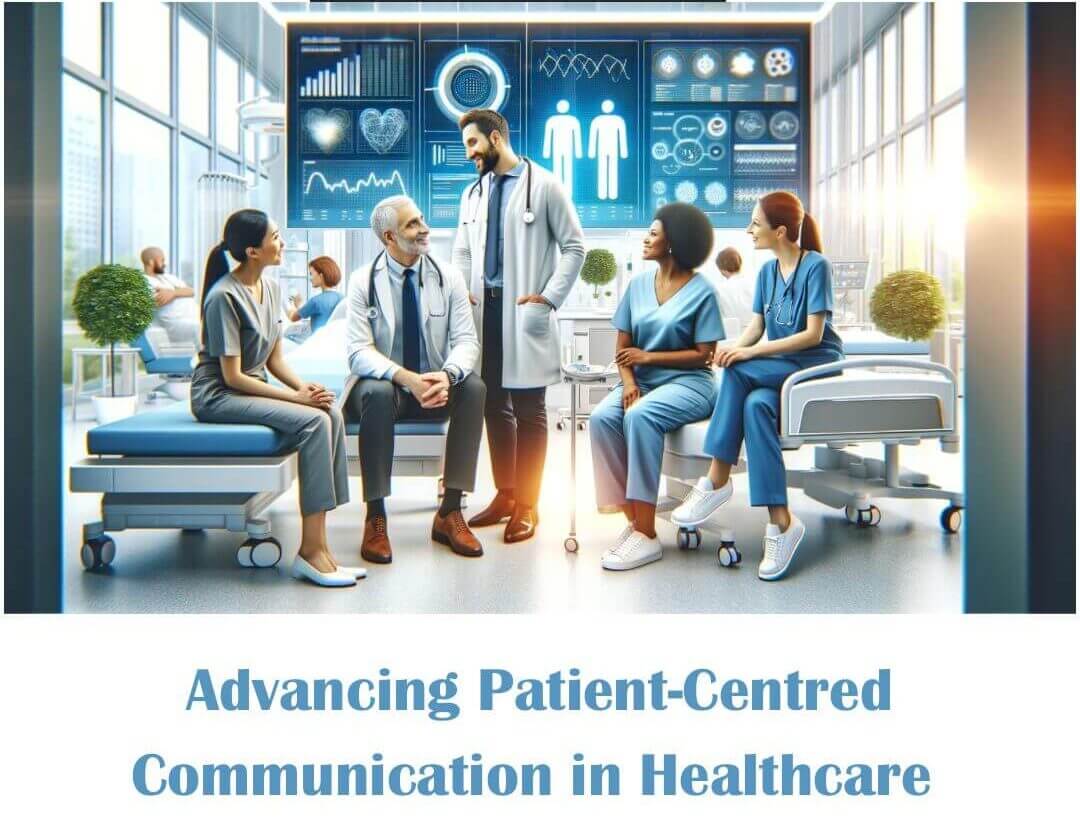The Occupational English Test (OET) Writing sub-test isn’t just about evaluating your writing skills; it also assesses your ability to read and interpret complex healthcare situations in a limited time, a reality for practising healthcare professionals. In this 45-minute test, comprising a ‘5-minute reading time’ followed by 40 minutes of writing phase, you get a glimpse of the practical demands of workplace scenarios. On the OET exam day, it is the final segment, held after listening and reading tests.
Utilising the Reading Time
During the reading time, you are not allowed to write on the case notes. The urge to underline major things on the question sheets should be avoided. You are not allowed to pick your pens or pencils while you are reading the case notes during this time. This time is for reading and understanding the case notes and the patient’s situation, a skill honed through OET training by Khaira Education.
OET Writing Tips for Effective Reading Time Utilization
Here are some questions one can try answering while reading the case notes to interpret them better for their letter.
- Who is the recipient?
This question helps you identify the role of your recipient in healthcare or in providing care to the patient and determines what type of information is to be given to the recipient.
For instance, when writing to a physiotherapist, the focus of the letter would be on the physical condition and ailments of the patient and not the medicines prescribed. - What is the purpose/reason of writing the letter?
The answer to this question has a major influence on the choice of relevant information from the case notes. For example, it is futile to focus on the details of the patient’s presenting complaints and the processes involved in diagnosing the patient’s condition if the purpose of writing to request social support from a social worker. In a such a situation, in order to provide support to help the patient to enhance her social condition, the recipient would like to know about her social condition more as compared to the management provided for the medical condition. - What does the recipient need to know in order to provide care to the patient?
While reading the case notes, using your finger, identify what information is relevant for the recipient in order to fulfil the request made by your letter. Try to find reason for each piece of information that you consider relevant. - What information does the recipient not need to know?
There are some distractors in the case notes given to the candidates as would be in any real set of case notes in a healthcare setting. These are not needed for the recipient to provide the requisite care to the patient. Therefore , they are NOT to be included in the letter.
The best approach to utilising the reading time effectively is answering the above questions in the order mentioned; this would not just aid your understanding but also your letter composition.




